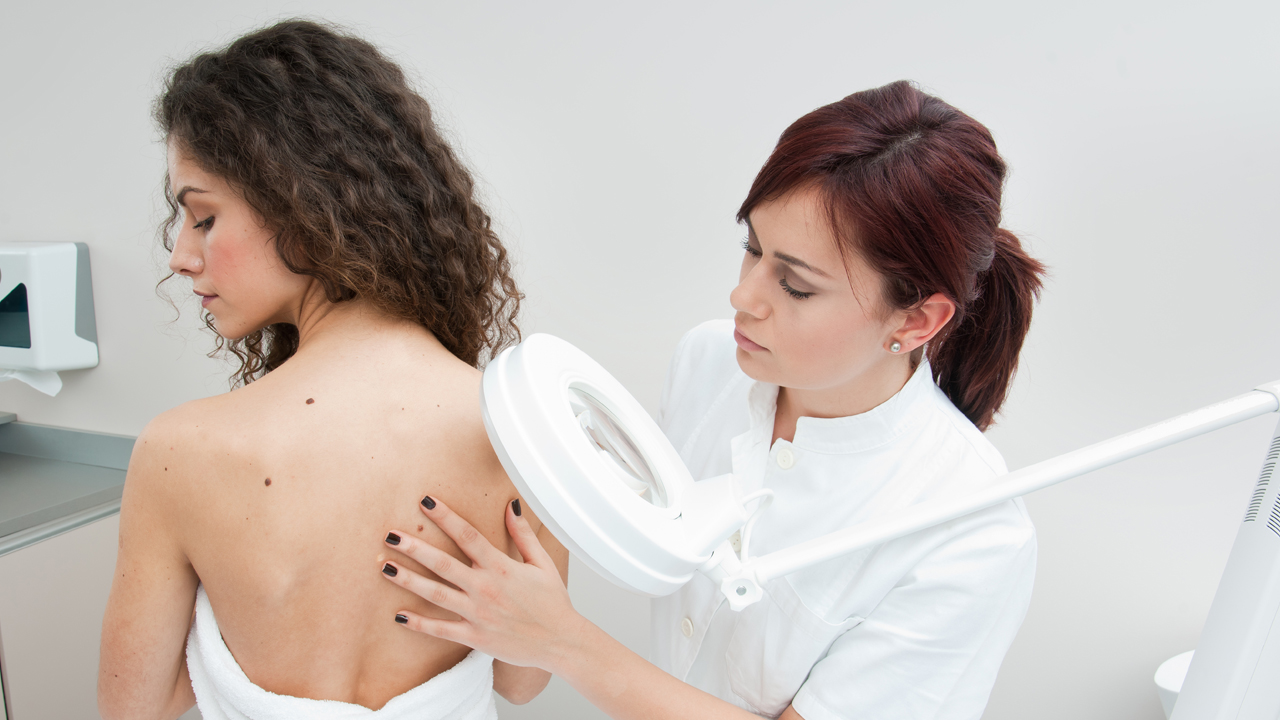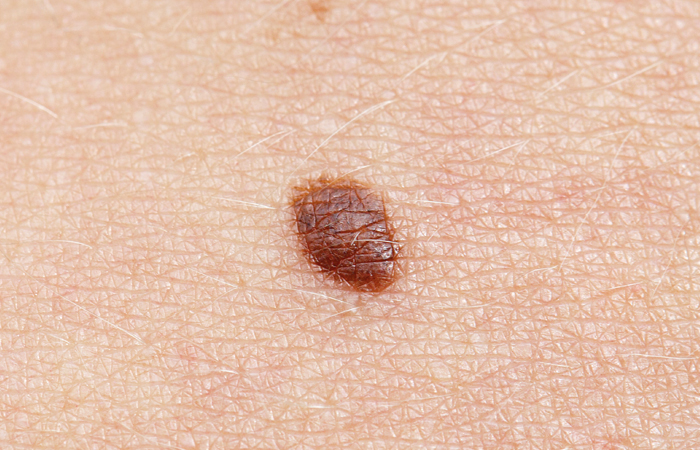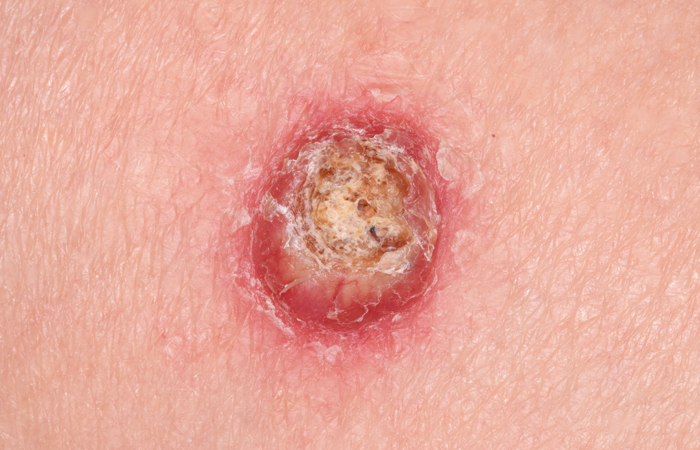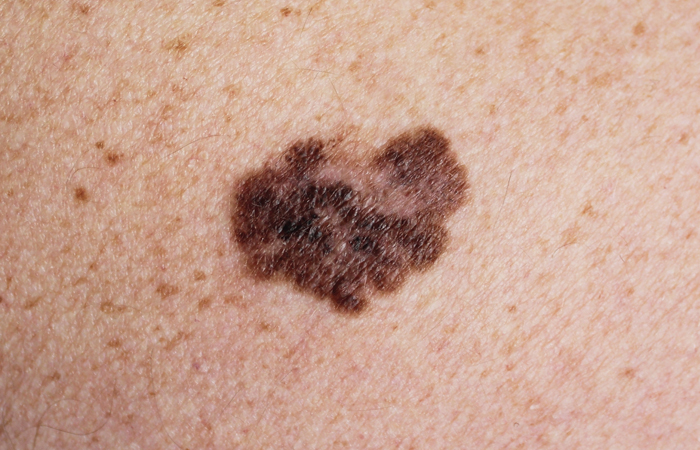In Clinical
Follow this topic
Bookmark
Record learning outcomes
Cases of skin cancer, especially deadly malignant melanoma, are surging making it more vital than ever that people get any suspicious moles checked out. Over 170,000 new cases of skin cancer are diagnosed each year (156,000 non-melanoma skin cancer; 16,700 melanoma skin cancer), killing over 3,000 people every year or eight people every day. Skin cancer kills more people in the UK than Australia, the UV capital of the world.4
Causes and risk factors for skin cancer
The main preventable cause of skin cancer is excessive exposure to UV light from sunlight or other sources e.g. UV tanning beds.
Sunburn is skin damage and the body's response to try to repair it. It is a clear sign that the DNA in skin cells has been damaged by too much UV radiation. Getting sunburn just once every two years can tripe the risk of melanoma skin cancer, compared to never being burnt.4
Risk factors include pale skin, often associated with blue eyes and blonde or red hair; frequent or intense exposure to UV radiation e.g. outdoor work, sunbed use; immuno-suppression, personal or family history of skin cancer, large numbers of freckles or moles; extremes of age and exposure to chemicals e.g. petroleum products.
Protective measures
- Organ transplant recipients (OTRs) are immunosuppressed and at high risk of developing actinic keratoses (AKs) that can be precursors of skin cancer. They need to use year-round, high-factor sunscreens on all exposed skin and should take nicotinamide 500mg twice daily to prevent AK and non-melanoma skin cancer1
- Adequate vitamin D levels are thought to have a protective effect, decreasing melanoma cancer risk and mortality.2 Sunscreens and sun avoidance can result in vitamin D deficiency. Vitamin D doses of 800-4,000IU/day (depending on circumstances and needs) are recommended.3
Remember the 5 S's of sun safety
Slip on a t-shirt or similar and keep shoulders covered.
Slop on SPF 30+ broad spectrum UVA sunscreen.
Slap on a broad brimmed hat to shade your head.
Slide on quality sunglasses to protect your eyes.
Shade from the sun, especially between 11am and 3pm.
Types of skin cancer
Non-melanoma skin cancers (NMSC) account for about 90 per cent of skin cancers and are more common in the over-70s. Skin cancers commonly develop in sun-exposed areas such as the scalp, face, lips, ears, neck, chest, arms and hands, and on the legs in women.
Types of skin cancer
What to look for
Early diagnosis and treatment of skin cancers – especially melanomas – is important. Self-examination can help early diagnosis. OTRs should examine their skin from head to toe each month to check for changes and have a full-body skin examination by a dermatologist at least once a year.
Remember the ABCDE of melanoma
When one half of the mole does not match the other half.
When the borders of the mole are irregular, ragged or blurred.
When the colour of the mole is uneven — black/brown/bluish.
When the diameter is greater than 6mm (but could be smaller).
Changes in the mole over variable time — weeks, months or years.
Treatments for melanoma skin cancer include:
- Surgery
- Radiotherapy
- Chemotherapy.
Treatments for non-melanoma skin cancers include:
- Surgery
- Topical chemotherapy
- Topical immunotherapy
- Photodynamic therapy
- Cyrotherapy (freezing).
References
- Drago F et al. Prevention of non-melanoma skin cancers with nicotinamide in transplant recipients: a case-control study. Eur J Dermatol 27, 382-385 (2017).
- Mostafa WZ et al. Vitamin D and the skin: focus on a complex relationship: a review.
J Adv Res. 2015 Nov; 6(6): 793-804. - Griffin G et al. 2020 Vitamin D and COVID-19: evidence and recommendations for supplementation. R. Soc. Open Sci. 7: 201912.
- Cancer Research UK. Skin cancer
Further information
Skcin is a charity dedicated to raising awareness of skin cancer and its prevention.




